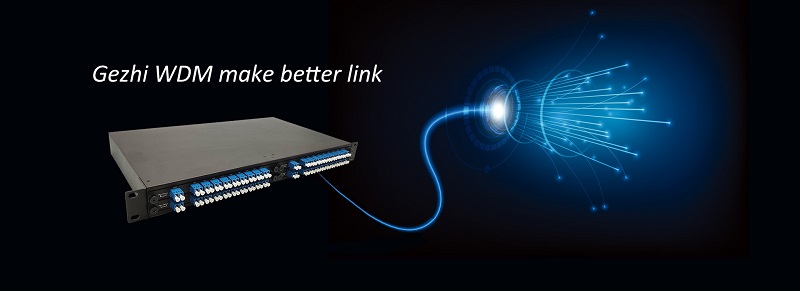In the ever-evolving digital landscape, network connectivity is the lifeblood of modern businesses and organizations. At the core of every network lie three indispensable devices—network switches, routers, and firewalls. These devices form the foundation of a well-functioning and secure network infrastructure. In this comprehensive guide, we delve into the intricacies of network switches, routers, and firewalls, uncovering their inner workings and how they synergize to build a robust and resilient network.

In the realm of local area networks (LANs), a network switch acts as the city's intricate overpasses, linking various network devices such as switches, routers, firewalls, and wireless access points (WAPs). It plays a pivotal role in connecting client devices like computers, servers, IP cameras, and printers, serving as a centralized hub for seamless communication within the network.
A network switch functions by maintaining a table of Media Access Control (MAC) addresses observed on each switch port. MAC addresses are unique identifiers embedded in the hardware of network interface controllers (NICs). Upon receiving data frames, the switch learns the source and destination MAC addresses, storing them in its table. It consults this table to determine the appropriate destination for incoming frames. If a destination MAC address is absent from the table, the switch employs a broadcast mechanism, flooding the frame to all switch ports. Once a response is received, the MAC address is recorded in the table, obviating the need for future flooding.
Routers, often referred to as gateways, form the critical link between diverse networks and the vast expanse of the Internet. Indeed, the Internet is a tapestry woven with hundreds of thousands of interconnected routers.
A network router meticulously scrutinizes the source and destination IP addresses of each packet, cross-referencing the router's IP routing table to ascertain the most optimal path for the packet's journey. This process continues until the packet reaches its intended destination and a response is received. When multiple routes are available to reach the destination IP address, routers make intelligent choices based on economy and efficiency. If the destination IP address is not listed in the routing table, the router forwards the packet to the default router (if one exists). In the absence of any destination, the packet is discarded.
Just as walls protect structures from fires, network firewalls serve as the guardian against external threats, creating a barrier between the intranet/LAN and the Internet. They meticulously monitor network traffic and intercept unauthorized access, ensuring the protection of sensitive data from falling into the wrong hands.Unraveling the Inner Workings of a Network Firewall
Hardware firewalls enable users to define blocking rules based on IP addresses, Transmission Control Protocol (TCP), or User Datagram Protocol (UDP) port numbers. Unwanted ports and IP addresses are promptly prohibited. Software firewalls, on the other hand, act as proxy servers, facilitating the secure exchange of data between internal networks and the Internet. Employing a combination of hardware and software firewalls delivers an optimal balance of safety and efficiency.
| Hardware Firewall | Software Firewall |
|---|---|
| A dedicated device providing network security and filtering, positioned between the Internet and the internal network. | A program or service running on a computer or server, serving as a proxy between the internal network and the Internet. |
For an optimized and secure network infrastructure, seamless integration of network switches, routers, and firewalls is essential. The router usually takes the lead in the LAN, connecting the internal network to the Internet. The network firewall acts as a crucial filtering point, positioned between the internal network and the router. Following the firewall, the network switch connects various network devices, ensuring a fluid flow of data within the LAN.

Conclusion
Network switches, routers, and firewalls are the pillars on which modern network infrastructures stand tall. Understanding their functions and interactions is paramount in optimizing data flow and fortifying defenses against cyber threats. A well-designed network, with harmonious integration of switches, routers, and firewalls, guarantees smooth connectivity, efficient data transmission, and safeguarding of sensitive information—an indispensable foundation for any contemporary organization's success.